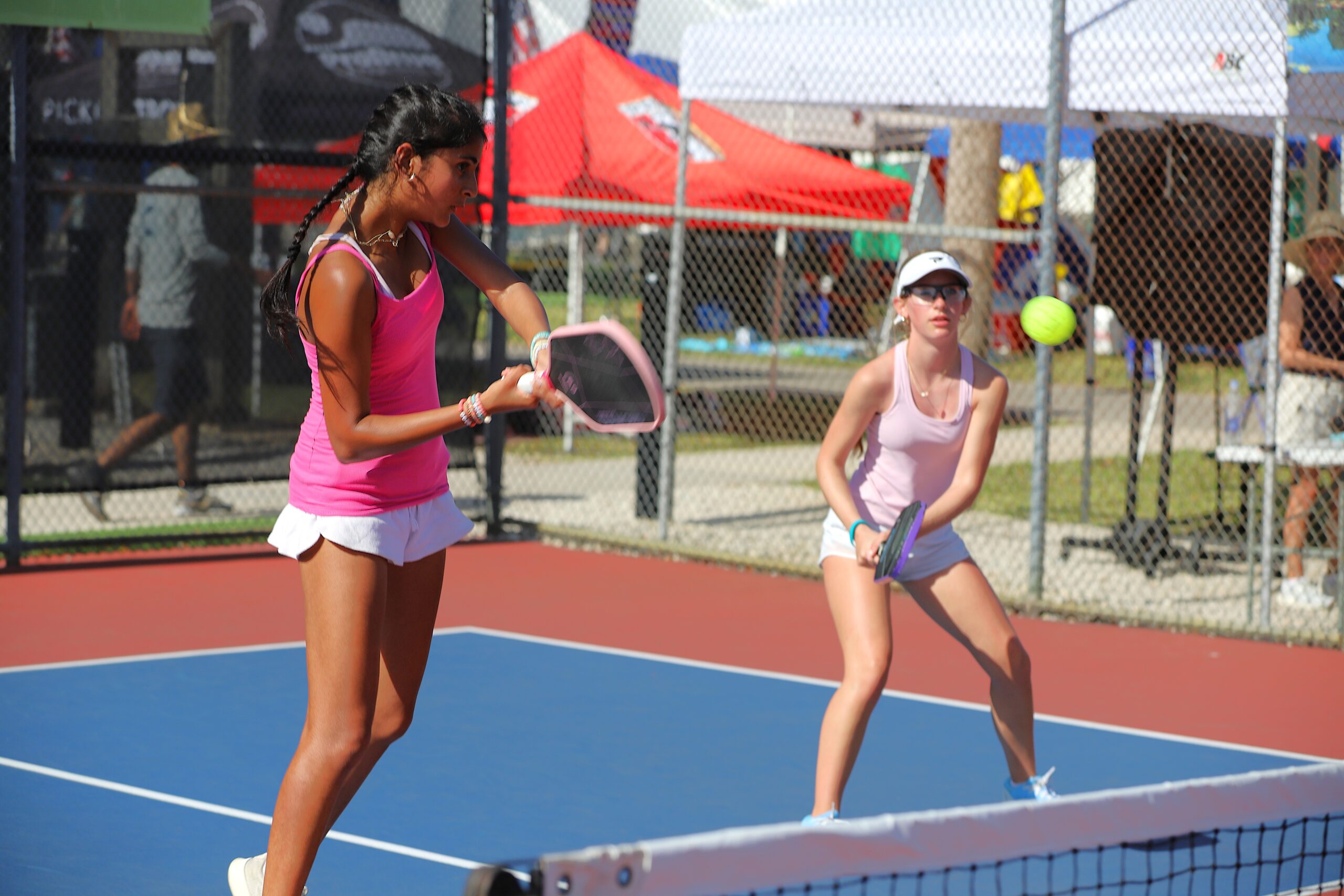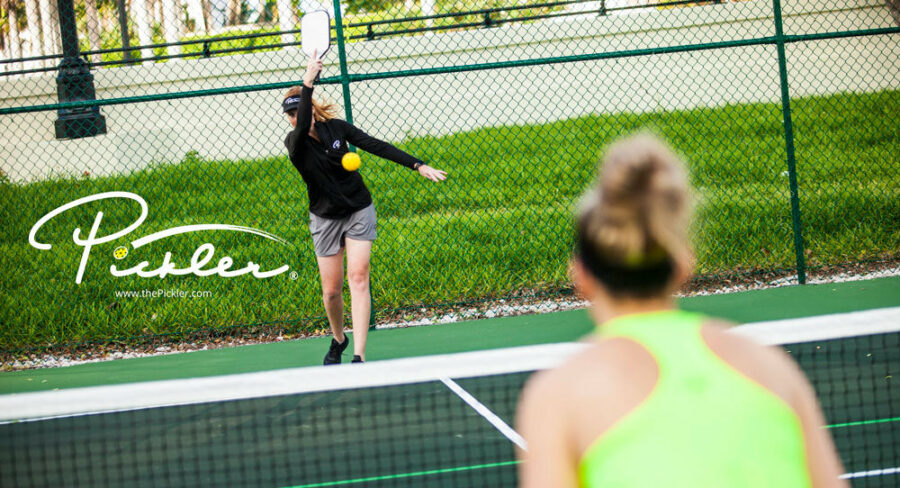In recent times, the sport of pickleball has seemingly smashed the stereotype that it is a sport for just the elderly. Pickleball is no longer just your grandparents’ game. It’s a sport for every generation, including the youngest players.
The pickleball boom is sweeping across campuses, youth programs, and junior competitions nationwide. Colleges and universities are installing pickleball courts at a rapid pace, with many now offering organized clubs, intramural leagues, and even competitive teams. Youth pickleball initiatives are also on the rise, introducing the game to kids earlier than ever and giving them a pathway to compete, train, and grow within the sport.
That momentum was on full display at this year’s Junior Championships at the US Open Pickleball Championships, where over 100 junior players, ranging in age from 8 to 18, competed. These young athletes represented four countries and 24 states, proof that the next generation of pickleball talent is already here.

As younger players continue to bring new energy, speed, and strategy to the game, they’re not only adapting to pickleball, they’re shaping its future. And whether you’re a seasoned rec player or just starting out, there’s plenty to learn from how they play.
The Youth Pickleball Movement: What’s Different?
Younger players are showing up and raising the level of play. Here’s how:
1. Speed and Athleticism — Younger players bring a level of speed that’s shifting the pace of the game. You’ll see faster hands at the net, lightning-quick footwork, and the ability to recover from seemingly impossible positions.
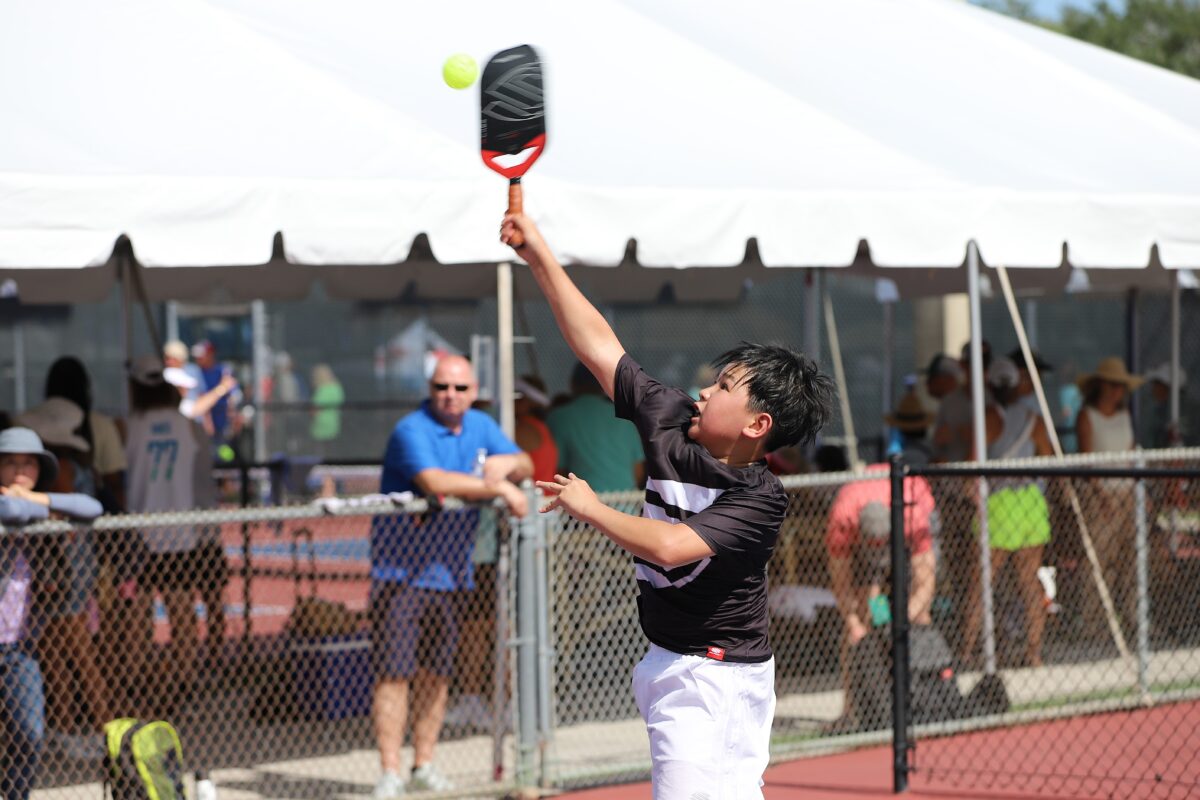
2. Aggressive Shot-Making — From big topspin serves to full-swing third-shot drives, younger players tend to play with more offense-first instincts. While dinking and patience still matter, many younger players look to speed up the point earlier and capitalize on attackable balls.
3. Creative Court Coverage — Watch a younger doubles team and you might notice nontraditional movement: switching sides mid-rally, poaching aggressively, or covering more court with a single player. They’re athletic enough to break conventional positioning, and smart enough to know when to do it.
4. Year-Round Reps and Coaching — Unlike past generations, younger players often come into pickleball with formal training, coaching, and competitive backgrounds in tennis, or even pickleball-specific academies. This leads to polished technique and deep understanding at an early age.
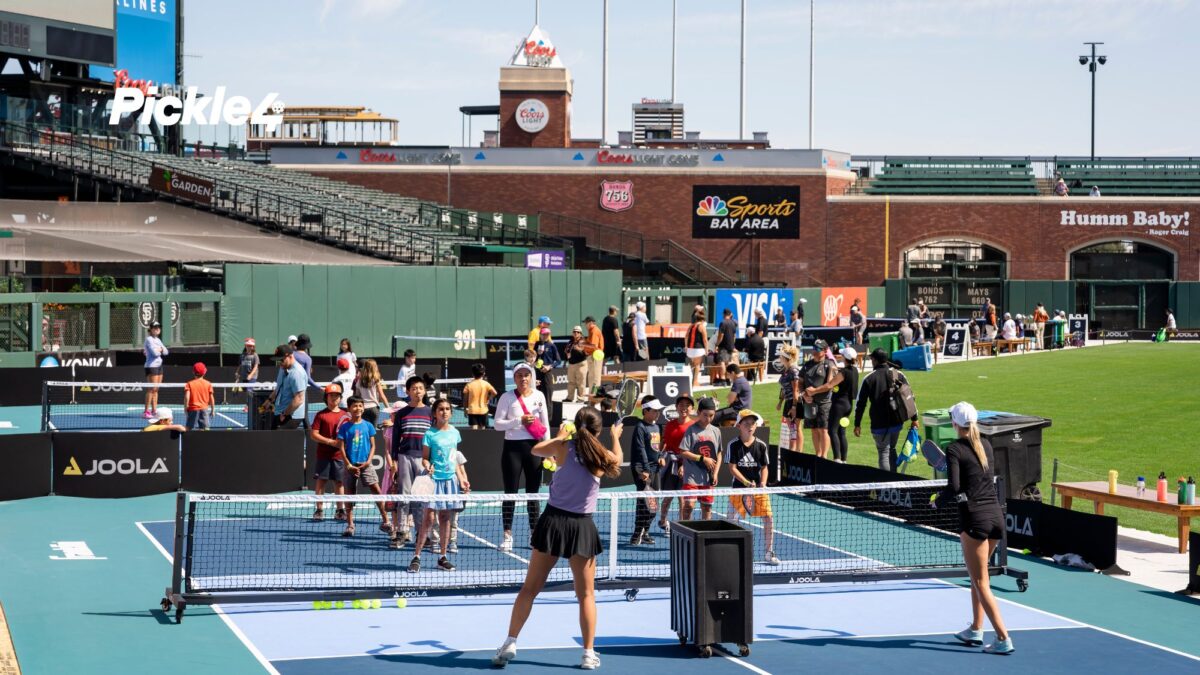
Pickleball Strategies You Can Learn (and Apply), No Matter Your Age
You don’t need to be 23 to play like the next generation. Here’s how any player can adapt and benefit from the youth-led evolution of the game:
1. Upgrade Your Footwork — Younger players win with their legs. Instead of reaching or lunging, they get in position early. Add some lateral movement drills or shadow footwork routines into your warm-up, and focus on staying light on your toes during play.
2. Practice the Drive-Drop Combo — Many younger players use a third-shot drive to test their opponent on the return, then follow it with a drop. Learn to mix up your third shots based on what your opponent gives you. Start with simple drills, such as alternating drive and drop to a target at the Kitchen.
3. Get Comfortable Speeding Up & Slowing Down — The modern game is all about timing. Younger players excel at choosing when to accelerate and when to reset. Try drills that involve transitioning from a fast exchange into a soft reset or dink, and vice versa.
4. Add Power, Without Losing Control — Power is an essential skill for success on the pickleball court, but it’s important to balance power with accuracy and consistency. Focus on generating controlled power through better mechanics with compact strokes, relaxed grip pressure, and strong core rotation.
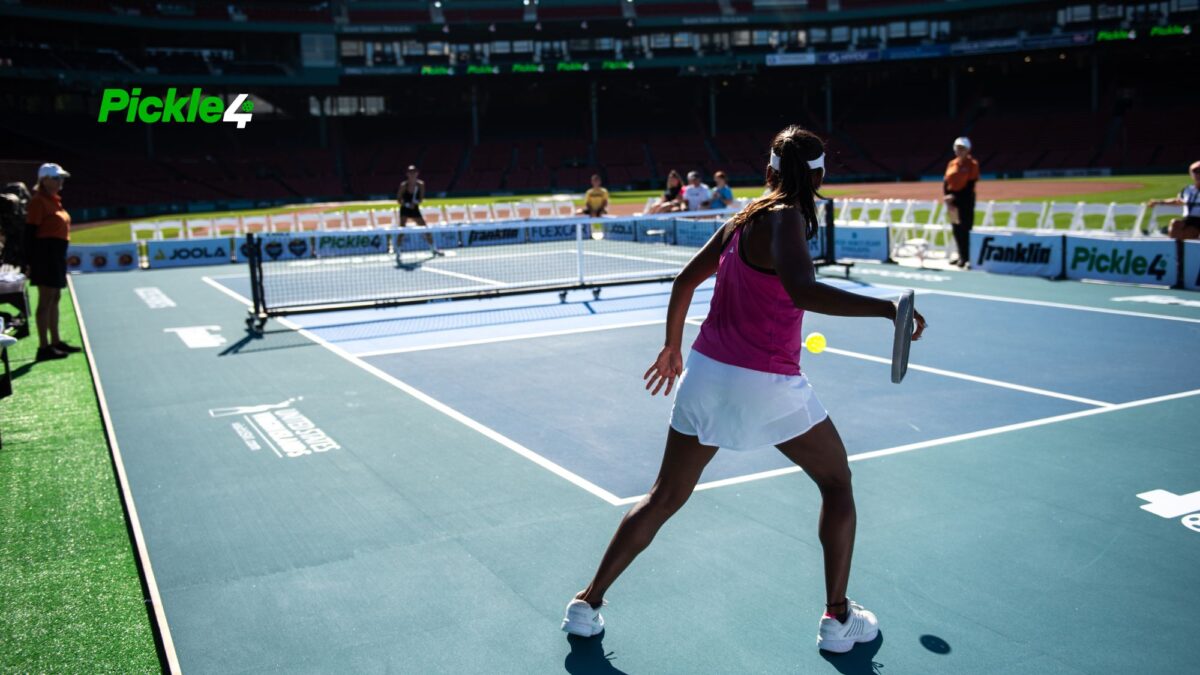
5. Stay Curious and Coachable — One of the most underrated traits of younger players? They’re willing to ask questions, take lessons, and film their matches to improve. You can do the same. Get feedback from stronger players, track your progress, and be open to adjusting your technique.
Age Is Just a Number. Adaptability Is the Advantage.
The rise of younger players doesn’t mean the game is leaving others behind. In fact, it’s the opposite. Pickleball remains one of the few sports where players of all ages, styles, and backgrounds can share the same court, and push each other to get better. The key is staying open to evolution.
So, the next time a younger player brings the heat on a third-shot drive or flies in for a poach, don’t be intimidated. Watch, learn, and maybe even surprise them with a well-placed angle or perfectly timed block of your own.

